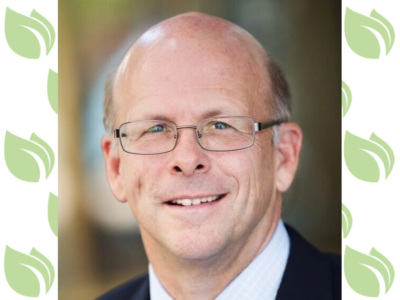The Food and Drug Administration is being forced to reduce its financial assistance to state and local food safety inspection programs, because the agency can no longer rely on carryover funding to bolster annual appropriations, Commissioner Robert Califf said Thursday.
During a hearing of the House Agriculture Appropriations Subcommittee, Rep. Sanford Bishop, D-Ga., told Califf he had heard “troubling rumors” that the agency plans to cut almost $34 million in funding to state and local safety inspection programs next year. Bishop, the subcommittee's top Democrat, questioned why the agency would do this given gradual increases to its budget authority.
“State and local inspectors are FDA’s right hand when it comes to inspections, and they conducted nearly 5,700 inspections in 2023, at a very modest cost,” Bishop told Califf.
Over the last several years, FDA has been able to find extra dollars for states to support local safety inspection programs, Califf said.
“So we’ve gone beyond what was appropriated to support the states. What we’ve done is to let the states know that fiscal times are tighter, we don’t have excess money to move around to meet needs. We have a lot of needs and a growing number of things we have to look out for," Califf said.
"There’s gonna be some negotiation that needs to go on state-by-state as there already is, but we don’t have that extra money."
Due to these excess funds, states have received a total of about $118 million a year for at least the last five years, said Jim Jones, deputy commissioner for FDA’s Human Foods program, during a recent webinar. However, those extra funds are beginning to dry up.
The agency began telling states about a year ago that increased costs and flat budgets will shrink those excess funds, and expect 2025 to be the first year states will feel this trend, Jones said in a webinar hosted by Alliance for a Stronger FDA, a coalition that advocates for FDA funding.
“We are talking with our state colleagues to figure out a strategy for how to manage this going forward, because they will face a very real reduction, whether it was in our budget or not, they were actually getting a larger amount,” Jones said. “It is a difficult issue that we need to collectively get our arms around and figure out how to manage, because the states provide incredibly important services in the food safety space.”
 FDA Human Foods Program Deputy Commissioner Jim Jones
FDA Human Foods Program Deputy Commissioner Jim Jones During Thursday’s hearing, Califf acknowledged the important role states play in the agency’s safety process, and said states, territories and tribes are responsible for about half of the food inspections.
The Alliance for a Stronger FDA confirmed an ongoing disagreement about future funding levels for state and local programs. The coalition’s funding “ask” for 2025 will be released Friday.
“We do not have a position on specific funding levels but are very positive about sustaining these cooperative relationships,” Steven Grossman, executive director of the alliance, said in an email ahead of the release. “As both Ranking Member Bishop and Commissioner Califf acknowledged today: the agency often achieves better coverage at lesser expense by working with state and local government agencies.”
It’s easy to be “in the know” about what’s happening in Washington, D.C. Sign up for a FREE month of Agri-Pulse news! Simply click here.
Members of the appropriations subcommittee pushed Califf on other issues, including the feasibility of its Food Safety Modernization Act traceability rule. The current compliance deadline for the rule is January 2026.
Rep. David Valadao, R-Calif., said the food distribution industry supports the efforts to improve food safety, but says there has not been enough outreach or time to prepare the supply chain for these changes.
Many farmers are already doing some form of product tracing for profitability, Valadao said. He urged FDA to work with farmers on the issue.
Califf assured the committee that the agency is working with the industry to ensure the rollout of the rule is feasible.
“Often it’s not the farm, it’s something upstream from the farm,” Califf said. “So the traceability is really meant to track the product all the way through.”
For more news, go to www.Agri-Pulse.com

